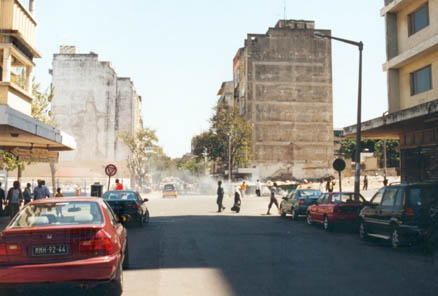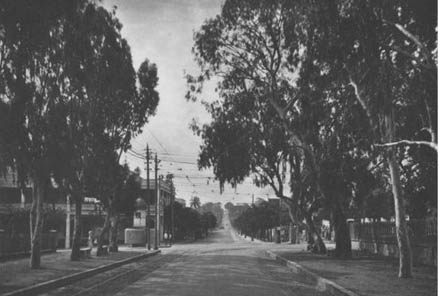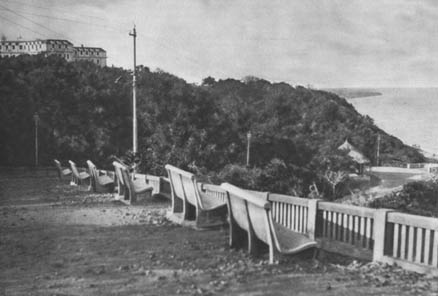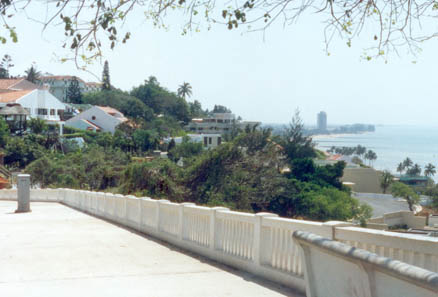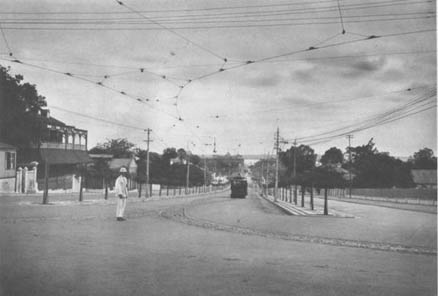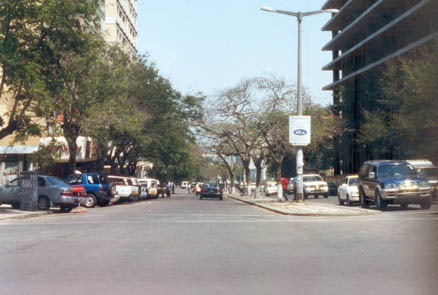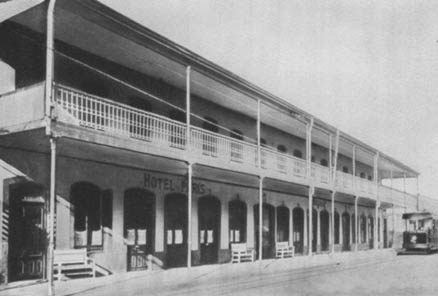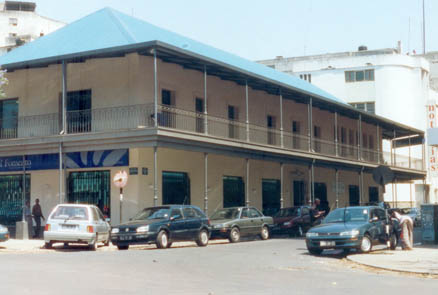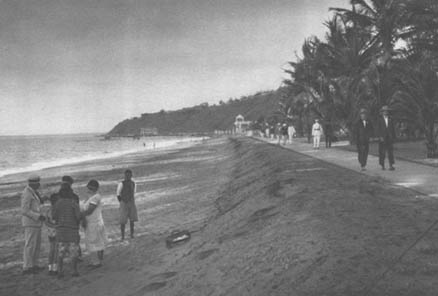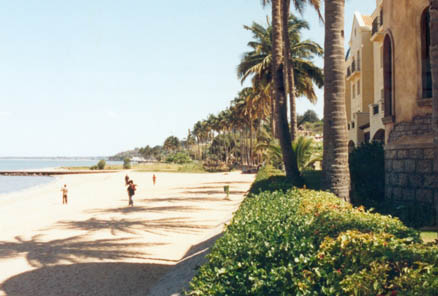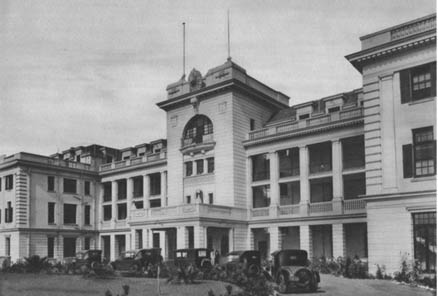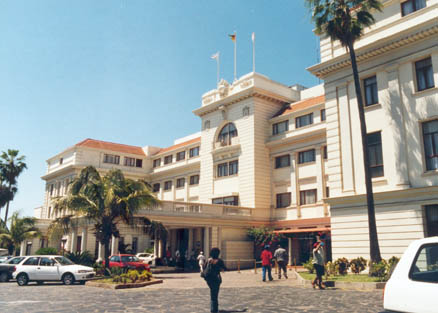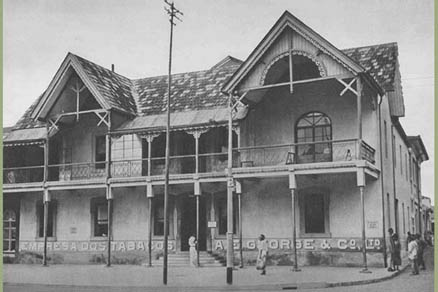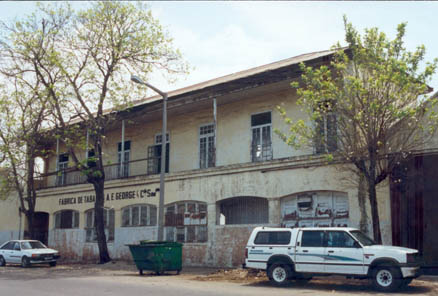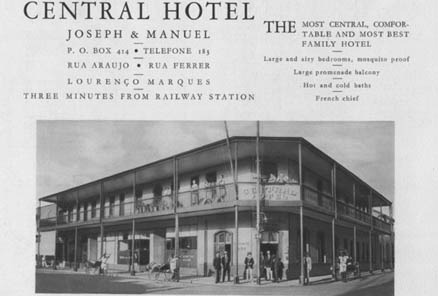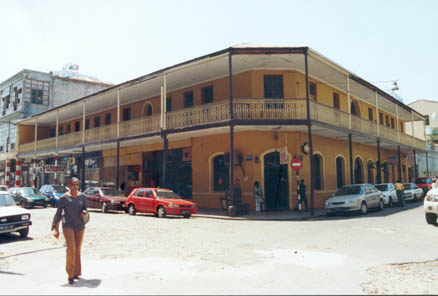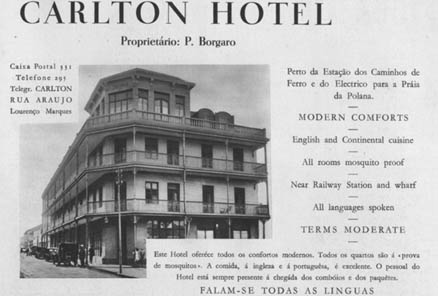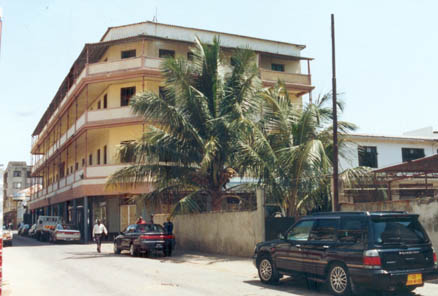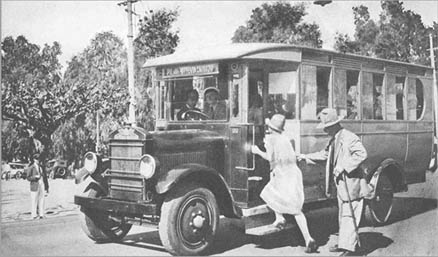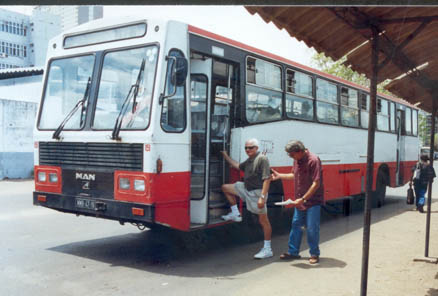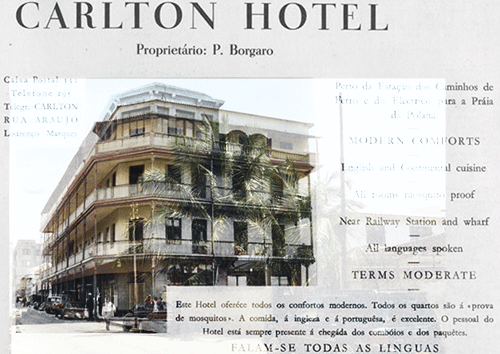Can a city evolve? Do pressures of natural selection apply to houses, shops, apartments, palaces, hotels? Is there a natural order? How can a city show "fitness for survival"?
Why should open space, green trees, parks be any fitter for the survival of the city than tarmaced desolation?
And what do we call it when either of those is taken over, dragged from its original purpose, forced to change? Evolution, or revolution?
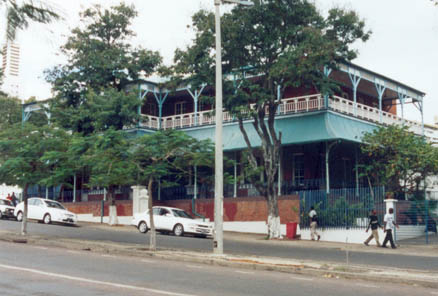
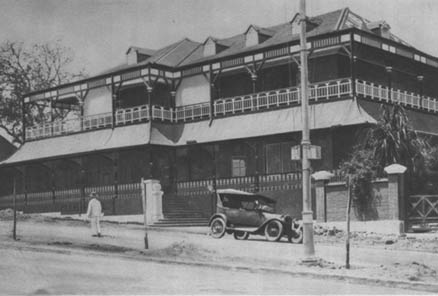
This project is partly an attempt to address those thoughts.
The current state (of any city) reflects the contingencies.
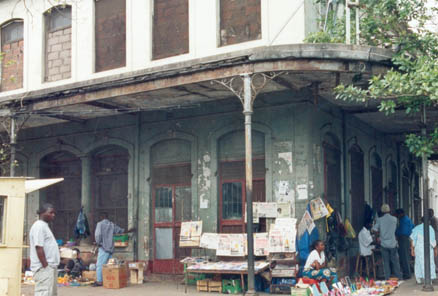
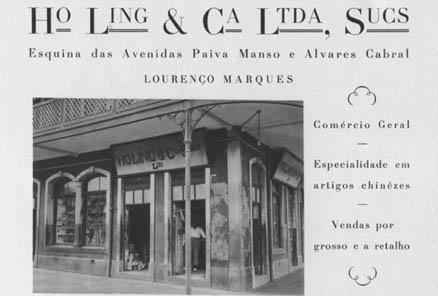
If it has truly "evolved" then it reflects the pressures of the "evolving agent"- the buildings, entities that were fit to survive in the environment Maputo found itself, are totally different from those fit for London, Paris, New York - as they are now..
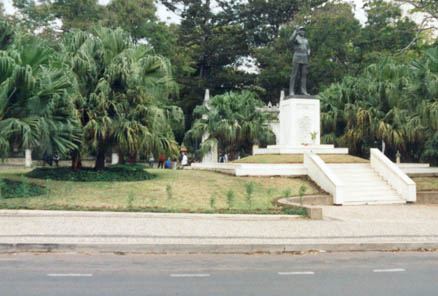
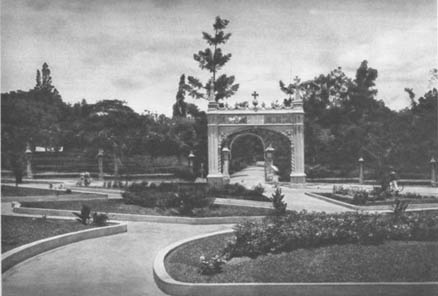
And now of course, the pressures, the evolving agents have changed dramatically. One set of circumstances is removed, a new one is imposed.
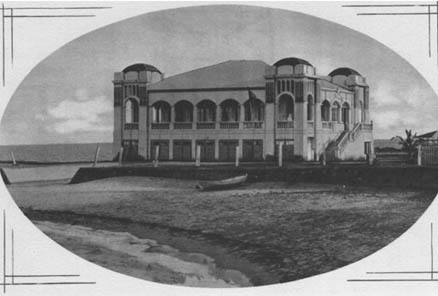 Right now, we're simply going through another period of evolution: a "punctuation" in the equilibrium of the city leading to - who knows? .What awaits the city? How can it evolve with the new pressures of success?
Right now, we're simply going through another period of evolution: a "punctuation" in the equilibrium of the city leading to - who knows? .What awaits the city? How can it evolve with the new pressures of success?
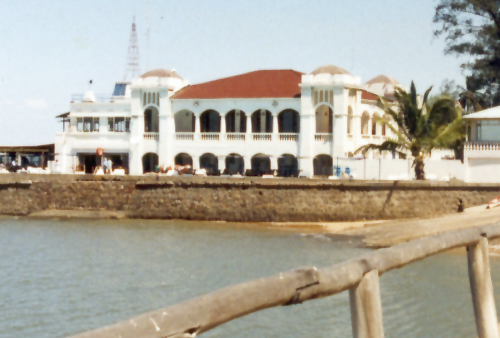 These question can never be answered, only observed in a process of change.
These question can never be answered, only observed in a process of change.
New "species" arise to fill the niches left by the old and sometimes those new species have to utilise the remnants, the skeleton, the structure of the old, as they evolve their place in the world.
How else to explain the panda's thumb? How else to explain the Concrete palm trees? Neon towers? How else to explain a Jazz club in a railway station?
Using old structures, old impositions in new, remarkable ways.
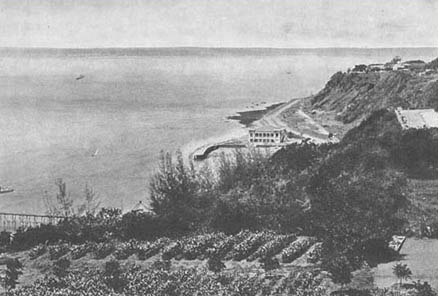
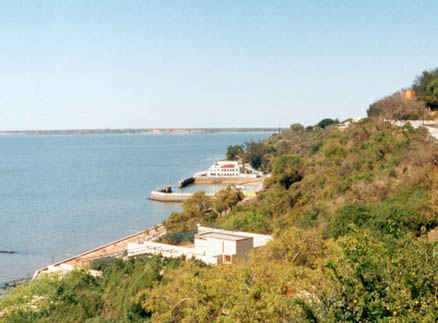
And how would Santos Rufino feel of the Maputo of today?
Undoubtedly saddened by the destruction - but isn't that destruction intimately linked to the "predation" that goes hand in hand with "evolution"
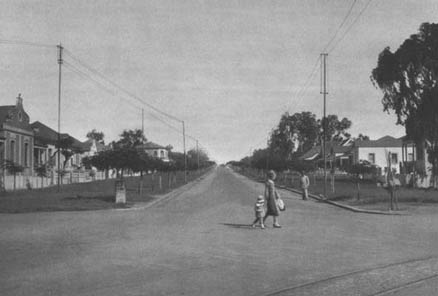
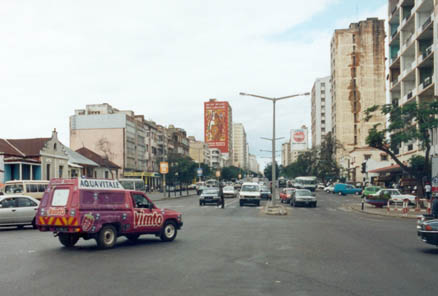
Isn't it understandable in the context of "survival of the fittest"?
Certainly he would at the very least want the record kept.
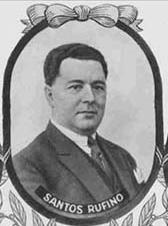
In the way Cambrian fossils allow us to marvel at the glory of change, of evolution, he sent us fossils of Maputo: not as dead things to ask for pity, but as simple markers, milestones on the path of history, evidence to help us track the evolution.
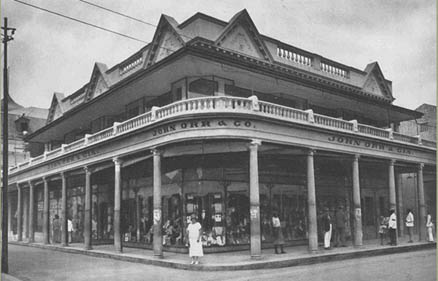
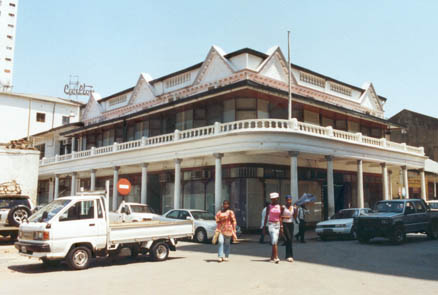
As I travelled around, making this new record, uncovering another layer of history, there were undoubtedly moments when it seemed as though Santos Rufino was somehow exerting influence in what is recorded.
Times when it felt as though he would tap on my shoulder to cause me to look round at moments that would otherwise have slipped by.......
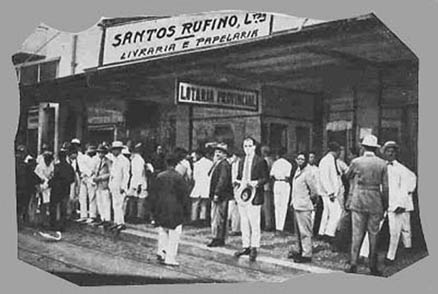
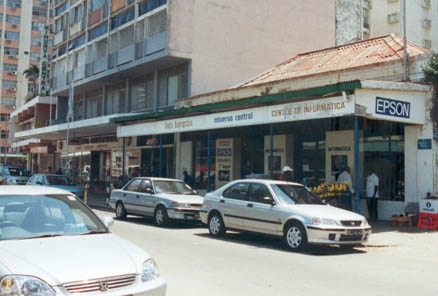
How else to explain the serendipity which led me to the very spots where Santos Rufino stood, back in the Cambrian explosion of Maputo.
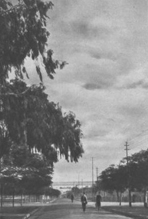
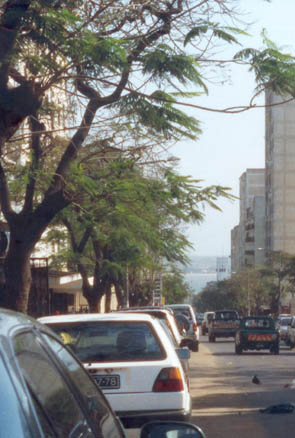
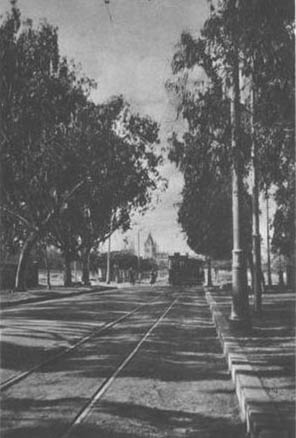
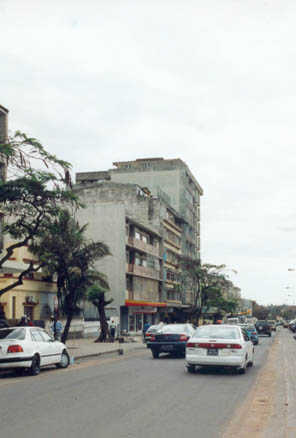
And from that I know I can speak for Santos Rufino when I say that both he and I see the hope, the opportunity, the chance to outrun the predatory pressures, to direct our own fitness during our own struggle for survival.
If Sr. Santos-Rufino had been asked for his vision of the city in 70 years time, would he have conceived of Maputo today?
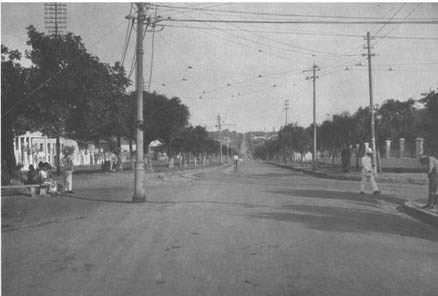
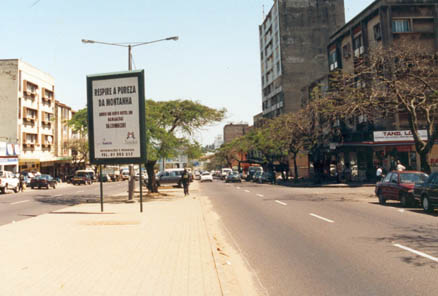
Another unanswerable question
New pictures 2005 © Bill Osborne
all rights reserved

Muitos Agradecimentos para Sr João do Santos Rufino, 1929.
and of course to Mr Charles Darwin
and also Mr Stephen Jay Gould.

